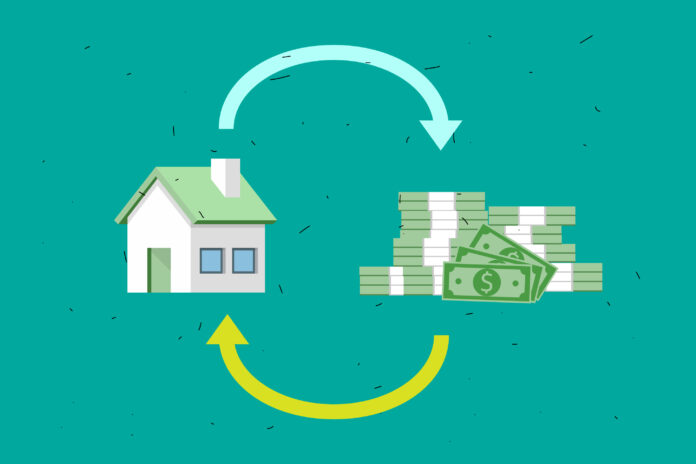Unlocking the value of your home and securing a comfortable retirement may seem like a challenging task. But what if there was a way to tap into the equity you’ve built up over the years, without having to sell or move? Enter reverse mortgages – a financial solution that allows homeowners aged 62 and older to convert part of their home’s equity into tax-free cash. If you’re considering this option, it’s important to have all the information at hand before making any decisions. In this ultimate reverse mortgage McAllen TX checklist, we’ll walk you through everything you need to know about these unique loans so that you can make an informed choice for your future. Let’s dive in!
What is a Reverse Mortgage?
A reverse mortgage is a financial product specifically designed for homeowners who are 62 years of age or older. Unlike traditional mortgages where you make monthly payments, with a reverse mortgage, the lender pays you. It’s essentially a loan that converts part of your home’s equity into cash.
One key feature of a reverse mortgage is that it allows you to stay in your home while still accessing the funds tied up in its value. This can be particularly beneficial for retirees who want to supplement their income, cover unexpected expenses, or simply enjoy their golden years without financial stress.
Another important aspect to understand is that the loan does not have to be repaid until the last surviving borrower permanently moves out of the home or passes away. At this point, the loan must be repaid either by selling the property or using other means such as refinancing.
It’s worth noting that there are different types of reverse mortgages available. The most common type is Home Equity Conversion Mortgage (HECM), which is insured by the Federal Housing Administration (FHA).
Before considering a reverse mortgage, it’s crucial to consult with an experienced professional and thoroughly evaluate if it aligns with your specific goals and financial situation. Now that we’ve covered what exactly a reverse mortgage entails, let’s take a closer look at how it works in practice!
How Does a Reverse Mortgage Work?
A reverse mortgage is a unique type of loan that allows homeowners who are 62 years or older to convert a portion of their home equity into tax-free funds. Unlike traditional mortgages, with reverse mortgages, the homeowner receives payments from the lender instead of making monthly payments.
The amount you can borrow through a reverse mortgage depends on several factors, including your age, the value of your home, and current interest rates. The lender will calculate how much they can lend you based on these factors.
Once approved for a reverse mortgage, you have several options for receiving the funds. You can choose to receive it as a lump sum payment or as regular monthly installments. Some borrowers even opt for a line of credit where they can access funds when needed.
One important thing to note is that you do not have to repay the loan while you still live in your home. The loan becomes due when you move out of the property permanently or pass away. At that point, either you or your heirs can choose to sell the house and use the proceeds to repay the loan.
It’s crucial to understand all terms and conditions before entering into a reverse mortgage agreement. Working with an experienced mortgage lender will ensure that you make informed decisions about this financial option tailored specifically for seniors.
With a reverse mortgage, eligible homeowners have access to their home equity without having to sell their property or make monthly payments towards repayment until certain life events occur.
Conclusion
In this article, we have explored the ins and outs of reverse mortgages. We have learned what a reverse mortgage is and how it works. It’s important to remember that a reverse mortgage allows homeowners aged 62 and older to convert their home equity into cash without having to sell or move out.
When considering a reverse mortgage, it is crucial to do your due diligence and research various mortgage lenders or companies. Look for reputable home lenders who specialize in reverse mortgages and have a strong track record in the industry.
Remember to use this ultimate checklist when evaluating potential lenders:
- Research multiple lenders: Compare rates, fees, and customer reviews.
- Verify licensing: Ensure the lender is licensed in your state.
- Check for experience: Look for experienced lenders with knowledge of the ever-changing regulations surrounding reverse mortgages.
- Understand loan options: Determine which type of loan best suits your needs – whether it be fixed-rate or adjustable-rate.
- Seek professional advice: Consult with financial advisors or housing counselors who can guide you through the process.
By following these steps, you can find a reliable mortgage lending McAllen TX institution that will help you navigate the world of reverse mortgages confidently.
Remember that while a reverse mortgage may provide financial relief for some individuals, it might not be suitable for everyone’s circumstances. Make sure you fully understand all aspects before making any decisions regarding your home equity.

